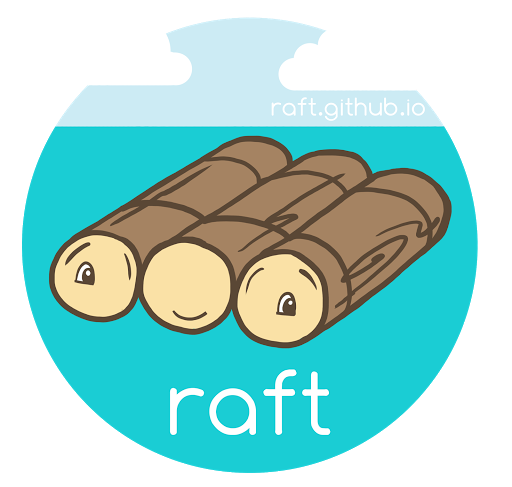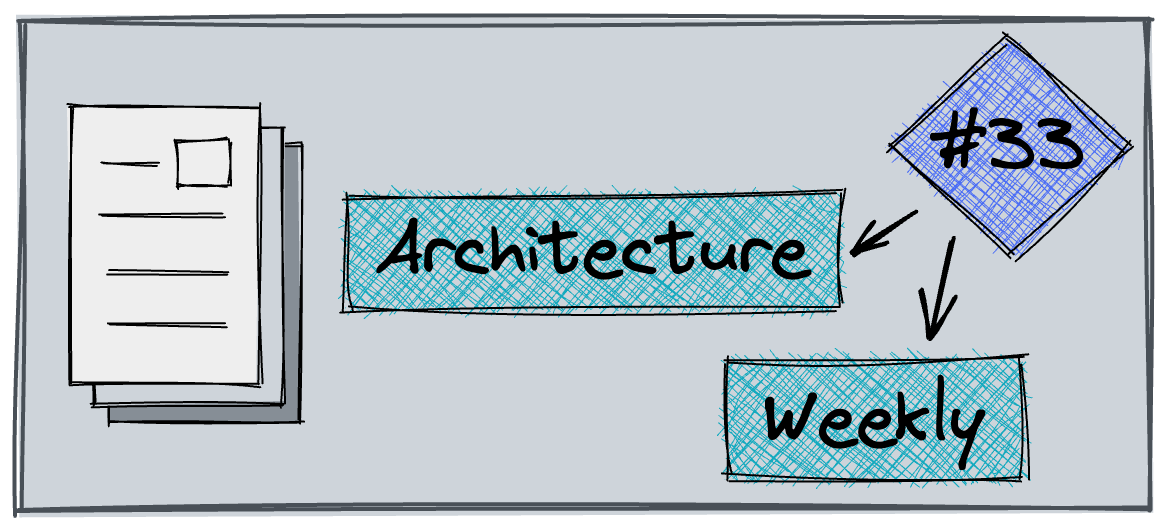Architecture Weekly Issue #33. Articles, books, and playlists on architecture and related topics. Every record has the complexity indication: 🤟 means hardcore, 👷♂️ is technically applicable right away, 🍼 - introduction to the topic or an overview. Now in telegram as well.
WARNING 🇺🇦
It's already been 193 days since the crazy, brutal, unjustified war of Russia against Ukraine. We condemn this war and want it to stop ASAP. We continue this newsletter so you can advance your skill and help the millions of Ukrainian people in any way possible.
How Discord Stores Billions of Messages 👷♂️
Amazing post from the CTO of Discord on storing the messages. You will find a business problem statement, inherited situation, articulated requirements and a detailed solution in the article. A true example of an architectural blog post. Deserves a first line in the newsletter issue!

Write-ahead logging and the ARIES crash recovery 🤟
As we learned from Designing Data-Intensive Applications, databases guarantee to either write the data durably or not writing at all is crucial in software systems. But underneath the claim, there is a complex process with its tradeoffs of complexity and performance. Kevin Sookocheff wrote a long, detailed post with transaction examples, explaining how it all works under the hood.

A Data Movement and Processing Platform @ Netflix 👷♂️
Netflix defined Data Mesh as a fully managed solution for Change Data Capturing. But their understanding evolved to getting data from any data source, not only databases. This change required the new architecture for Data Mesh - and this is what the article by Netflix is all about.
MySQL to MyRocks Migration in Uber's Distributed Datastores 👷♂️
With a scale of petabytes of data, disk storage efficiency for the databases became a bottleneck for Uber. The tricks of InnoDB - the default DB engine of MySQL - didn't help much, so they switched to RocksDB. But how do you migrate everything to a new engine? Follow the journey in the post of the Uber Blog.

Understanding the Raft consensus algorithm 🤟
Consensus is required in distributed systems for many reasons including electing a leader and synchronizing replicas. Raft is one of the consensus algorithms. Find an article by Shubheksha Jalan, where the ideas are described and illustrated very well.

Combining cloud CI/CD tools with external cloud mobile app protection services 🍼
Cloud CI/CD is a convenient tool to build and ship mobile applications. However, they require protection from various threats while delivering and running on a mobile device. For this, there is a separate set of cloud app protection services. But how risky is it to combine them? Looks like the danger is real. Find out the details in my new article.

Sagas to maintain data consistency in a microservice architecture 👷♂️
Sagas are one way to make distributed transactions. The tricky part is how to keep the data consistent across services and replicas, as each service typically use its own data storage. Chris Richardson discusses the pros and cons of the sagas in the video from Devoxx UK conference.
Patterns for Resilient Architecture 👷♂️
We all expect our systems to grow over time. At some particular scale, the failures of servers, software, and processes are inevitable. So instead of trying to avoid them, you embrace them - and become resilient. How to think about resiliency and what patterns to apply - read in the series of Adrian Hornsby.

Observability Engineering 🍼
SRE Book by Google tells you that you need to monitor against errors, traffic and resource consumption. But does it really tell you anything business-wise? Three authors of Observability Engineering book discuss, what's the difference between monitoring and understanding what your system goes through. If you like this video, consider reading the book as well.
Music streaming reference architecture 🍼
Short and fun article on how you could build a music streaming application like Spotify. Not sure about the solution itself, but the requirements list is rather thorough though.

This newsletter is hosted on GCP and uses Mailgun to send emails. The cost is ~$25 per month. Liked it? Consider helping to run this newsletter at Patreon. Big thanks to Nikita, Anatoly, Oleksandr and Dima for already supporting it.





